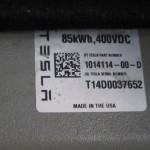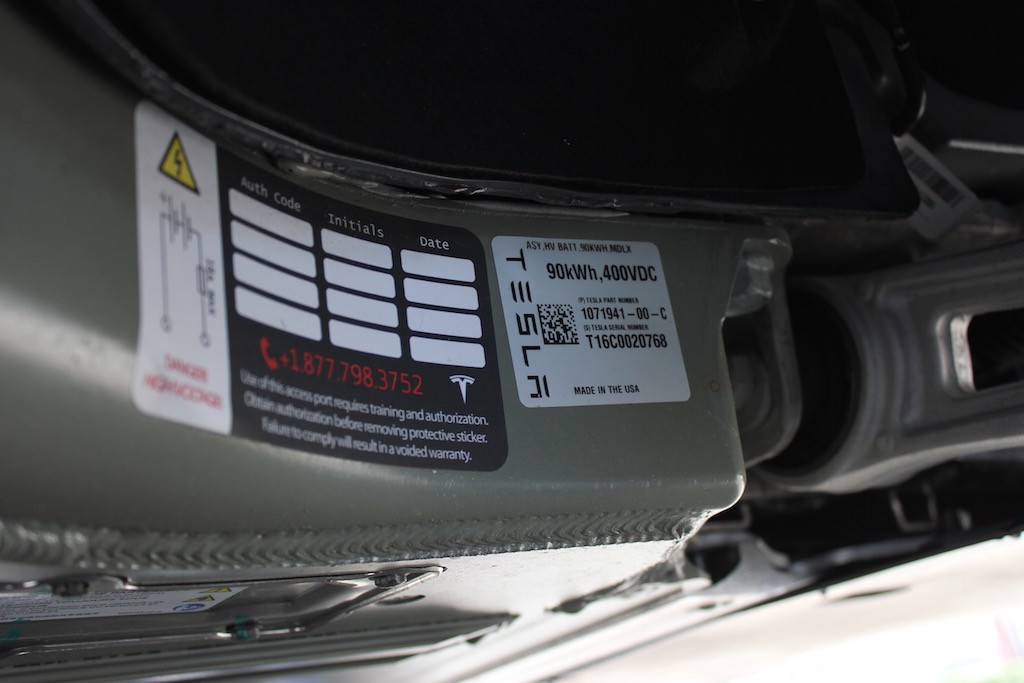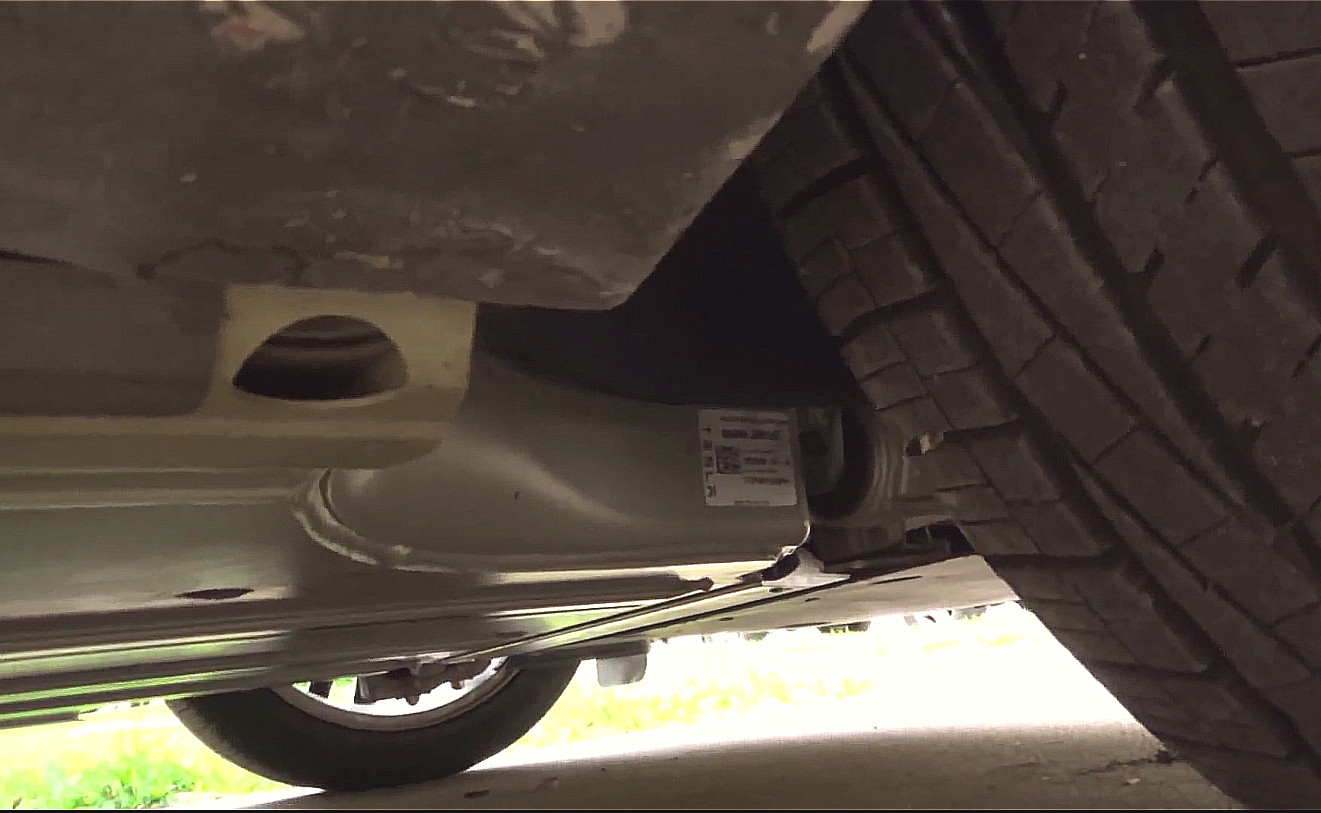

Tesla Model S
Decoding Your Tesla Battery Pack Version
Identifying Your Tesla Battery Pack
Did you know the Tesla Model S battery comes in either an A, B, D, or E pack?
Your Tesla battery pack information is found on a sticker affixed to the front right side of the battery pack that can be seen when looking under your car from just behind the front right (passenger side) wheel.
The first and arguably the most important part of the label is the top portion which indicates the size of your battery pack. This is useful when validating that you received the correct battery ordered. The next piece of information which may have some potential value is the model of the battery indicated by the last letter trailing the part number. In my case I have the “D” battery pack.
Tesla Battery Pack Version
The main notable difference in features between battery pack versions occur between the A and B packs. An improvement to the cooling system of the battery pack was made starting with the B packs that allowed for faster Supercharging. Those with A battery packs can only Supercharge at a maximum of 90kW while those with B battery packs and later can Supercharge at 120kW, or possibly higher.
Tesla Model X P90D(L) 90 kWh Battery Pack
According to the TMC Wiki that tracks Tesla battery pack part numbers, the basic pack versions can be decoded through the following:
- 1071941 is the 90 kWh pack from a Model X P90D(L)
- 1063792 is a new 90 kWh pack
- 1014114 is a new 85 kWh pack
- 1020422 is a new 60 kWh pack
There’s a large variation of part numbers which may contain notable differences that the community has yet to identify. Or it may simply be an indicator for a refurbished pack versus a factory new one.
ALSO SEE: [Video] Tesla Model S Battery Replacement Service
Barring formal confirmation from Tesla, the working theory is that battery pack versions A, B and D are equivalent to model years of the car. They’re evolutions of the same core battery pack with each subsequent letter being better than its predecessor. Superchargers capable of greater than 120kW are just starting to emerge. The 100th Supercharger, recently installed in NJ, was a 135kW Supercharger.
D battery packs began shipping sometime in the second half of 2013 and represent the latest versions to be installed. If you have a D pack rest assure that you’ve got the latest.
So far there have been no reported differences between the B battery pack and the D battery pack in terms of charge rates or performance, but the current theory is that the B pack may be limited to charging at 120kW while the D pack may be capable of supporting 150kW.
Summary
If you purchased a Model S in late 2013 or 2014, you’re most likely using the latest and greatest battery pack version from Tesla. However, if something should ever go wrong and you’re given a replacement battery pack by the Tesla Service Center, make sure you do not receive a refurbished A pack or any pack labeled with a version older than your existing one.
If you don’t know the version of your battery pack, do yourself a favor and go take a picture of it and save it for your records. You might be thankful you did one day.
RELATED: Comparing Tesla battery technology against the competition

News
Tesla Model S makes TIME’s list of Best Inventions
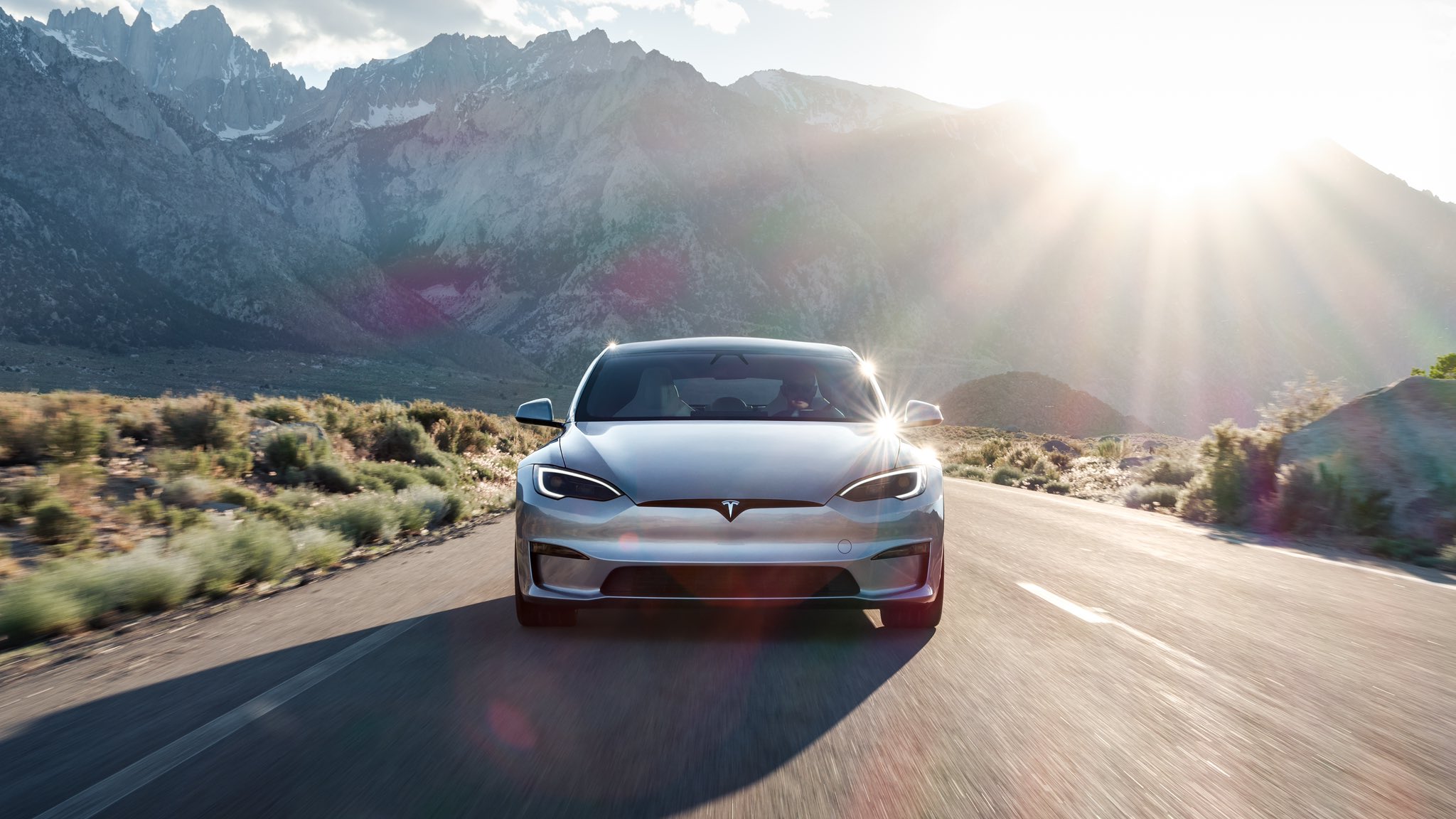
Tesla’s flagship sedan, the Model S, has officially been named one of TIME Magazine’s Best Inventions of the 2000s. It joins its sibling, the Model 3, which made the list in 2017.
The Model S is among the most crucial developments in the automotive industry in the last century.
Just as the Ford Model T made its mark on passenger transportation, becoming the first combustion engine vehicle to be successfully developed and marketed at a time when horse and buggy were the preferred mode of transportation, the Model S revolutionized things a step further.
Although it was not the first EV to be developed, the Tesla Model S was the EV that put EVs on the map. In 2012, TIME recognized the Model S as a piece of technology that could truly transform the car industry.
The publication wrote:
“This electric four-door sedan has the lines of a Jaguar, the ability to zip for 265 miles (426 km) on one charge—that’s the equivalent of 89 m.p.g. (2.6 L/100 km)—and touchscreen controls for everything from GPS navigation to adjusting the suspension.”
Looking back, TIME was right on. The Tesla Model S was truly a marvel for its time, and it, along with the OG 2008 Roadster, can be seen as the first two EVs to push electrification to the mainstream.
As TIME described this year, the Model S “proved to be a game-changing experience for electric vehicles,” and it ended up truly catalyzing things for not only the industry, but Tesla as well.
The Model S acted as a fundraiser of sorts for future vehicles, just as the Model X did. They paved the way for the Model 3 and Model Y to be developed and offered by Tesla at a price point that was more acceptable and accessible to the masses.
The Current State of the Tesla Model S
The Model S contributes to a very small percentage of Tesla sales. The company groups the Model S with the Model X and Cybertruck in its quarterly releases.
Last year, that grouping sold 85,133 total units, a small percentage of the 1.789 million cars it delivered to customers in 2024.
Things looked to be changing for the Model S and the Model X this year, as Tesla teased some improvements to the two cars with a refresh. However, it was very underwhelming and only included very minor changes.
Lucid CEO shades Tesla Model S: “Nothing has changed in 12 years now”
It appeared as if Tesla was planning to sunset the two cars, and while it has not taken that stance yet, it seems more likely that the company will begin taking any potential options to heart.
CEO Elon Musk said a few years ago that the two cars were only produced due to “sentimental reasons.”
Lifestyle
Tesla Model S Plaid battles China’s 1500 hp monster Nurburgring monster, with surprising results
There is just something about Tesla’s tuning and refinement that makes raw specs seem not as game-changing.

The Tesla Model S Plaid has been around for some time. Today, it is no longer the world’s quickest four-door electric sedan, nor is it the most powerful. As per a recent video from motoring YouTube channel Carwow, however, it seems like the Model S Plaid is still more than a match for some of its newer and more powerful rivals.
The monster from China
The Xiaomi SU7 Ultra is nothing short of a monster. Just like the Model S Plaid, it features three motors. It also has 1,548 hp and 1,770 Nm of torque. It’s All Wheel Drive and weighs a hefty 2,360 kg. The vehicle, which costs just about the equivalent of £55,000, has been recorded setting an insane 7:04.957 at the Nurburgring, surpassing the previous record held by the Porsche Taycan Turbo GT.
For all intents and purposes, the Model S Plaid looked outgunned in Carwow’s test. The Model S Plaid is no slouch with its three motors that produce 1,020 hp and 1,420 Nm of torque. It’s also a bit lighter at 2,190 kg despite its larger size. However, as the Carwow host pointed out, the Model S Plaid holds a 7:25.231 record in the Nurburgring. Compared to the Xiaomi SU7 Ultra’s record, the Model S Plaid’s lap time is notably slower.
Real-world tests
As could be seen in Carwow’s drag races, however, Tesla’s tech wizardry with the Model S Plaid is still hard to beat. The two vehicles competed in nine races, and the older Model S Plaid actually beat its newer, more powerful counterpart from China several times. At one point in the race, the Xiaomi SU7 Ultra hit its power limit due to its battery’s temperature, but the Model S Plaid was still going strong.
The Model S Plaid was first teased five years ago, in September 2020 during Tesla’s Battery Day. Since then, cars like the Lucid Air Sapphire and the Xiaomi SU7 Ultra have been released, surpassing its specs. But just like the Model Y ended up being the better all-rounder compared to the BYD Sealion 7 and the MG IM6, there is just something about Tesla’s tuning and refinement that makes raw specs seem not as game-changing.
Check out Carwow’s Model S Plaid vs Xiaomi SU7 drag race video below.
News
This signature Tesla feature is facing a ban in one of its biggest markets
The report indicates that Chinese government agencies have concerns “about failure rates and safety issues with the flush design.”
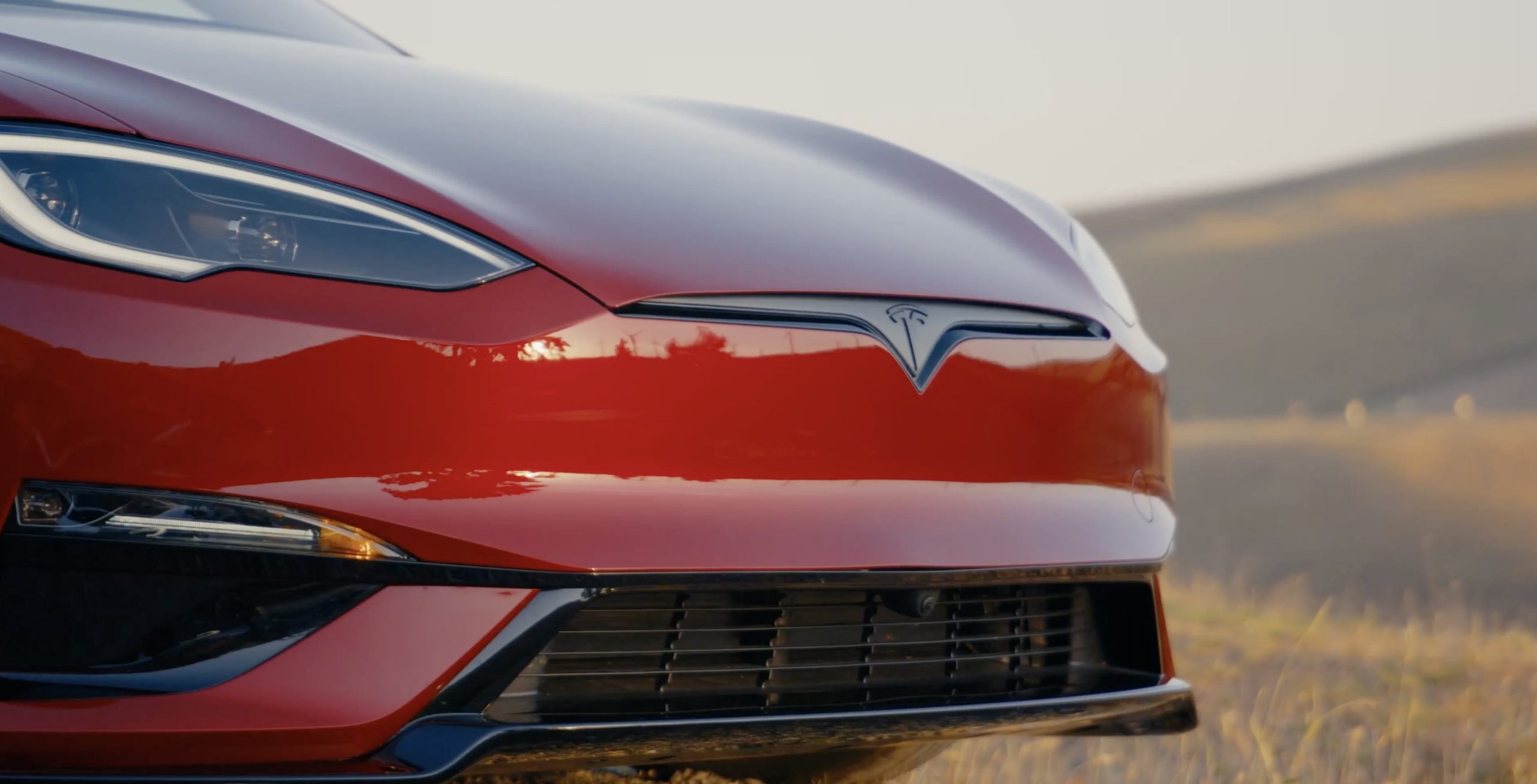
A signature Tesla feature is under fire in one of the company’s largest markets, as regulators in one EV hot spot are mulling the potential ban of a design the automaker implemented on some of its vehicles.
Tesla pioneered the pop-out door handle on its Model S back in 2012, and CEO Elon Musk felt the self-presenting design was a great way to feel like “you’re part of the future.”
It is something that is still present on current Model S designs, while other vehicles in the Tesla lineup have a variety of handle aesthetics.
According to Chinese media outlet Mingjing Pro, the company, along with others using similar technology, is facing scrutiny on the design as regulators consider a ban on the mechanism. These restrictions would impact other companies that have utilized pop-out handles on their own designs; Tesla would not be the only company forced to make changes.
The report indicates that Chinese government agencies have concerns “about failure rates and safety issues with the flush design.”
However, EVs are designed to be as aerodynamically efficient as possible, which is the main reason for this design. It is also the reason that many EVs utilize wheel covers, and sleek and flowing shapes.
However, the Chinese government is not convinced, as they stated the aerodynamic improvements are “minimal,” and safety issues are “significantly elevated,” according to The Independent.
The issue also seems to be focused on how effective the handle design is. According to data, one EV manufacturer, which was not specified in the report, has 12 percent of its total repairs are door handle failure fixes.
There are also concerns about the handles short-circuiting, leaving passengers trapped within cars. Tesla has implemented emergency latch releases in its vehicles that would prevent passengers from getting stuck in their cars in cases of electric malfunctions or failures.
However, evidence from the Chinese Insurance Automotive Technology Research Institute (C-IASI) suggests that 33 percent of door handles using this design fail to function after a side impact.
Obviously, Tesla and other automakers could introduce an alternative design to those vehicles that are affected by the potential restrictions China intends to impose. The regulation would take effect in July 2027.
